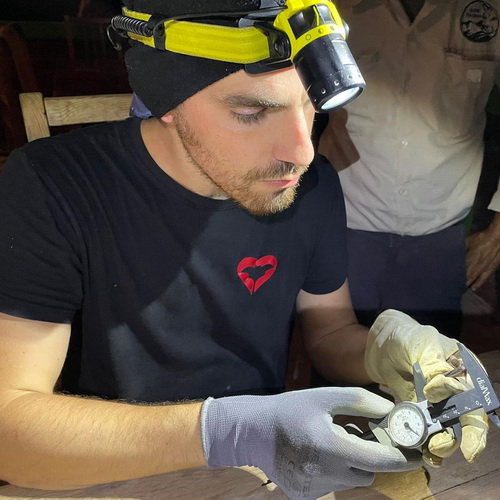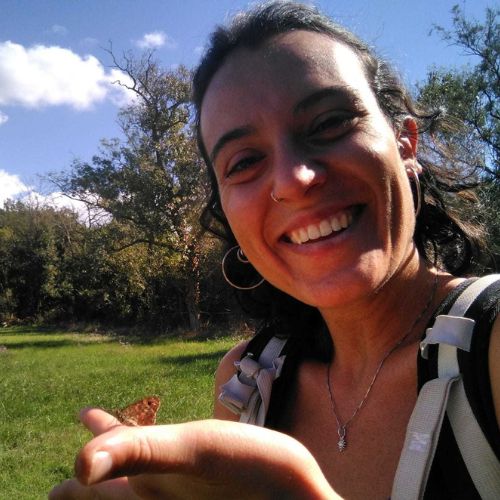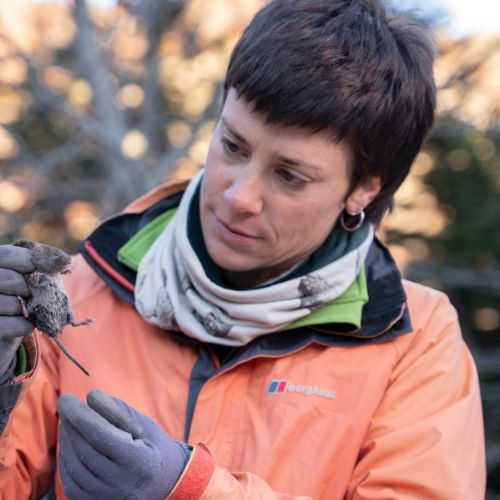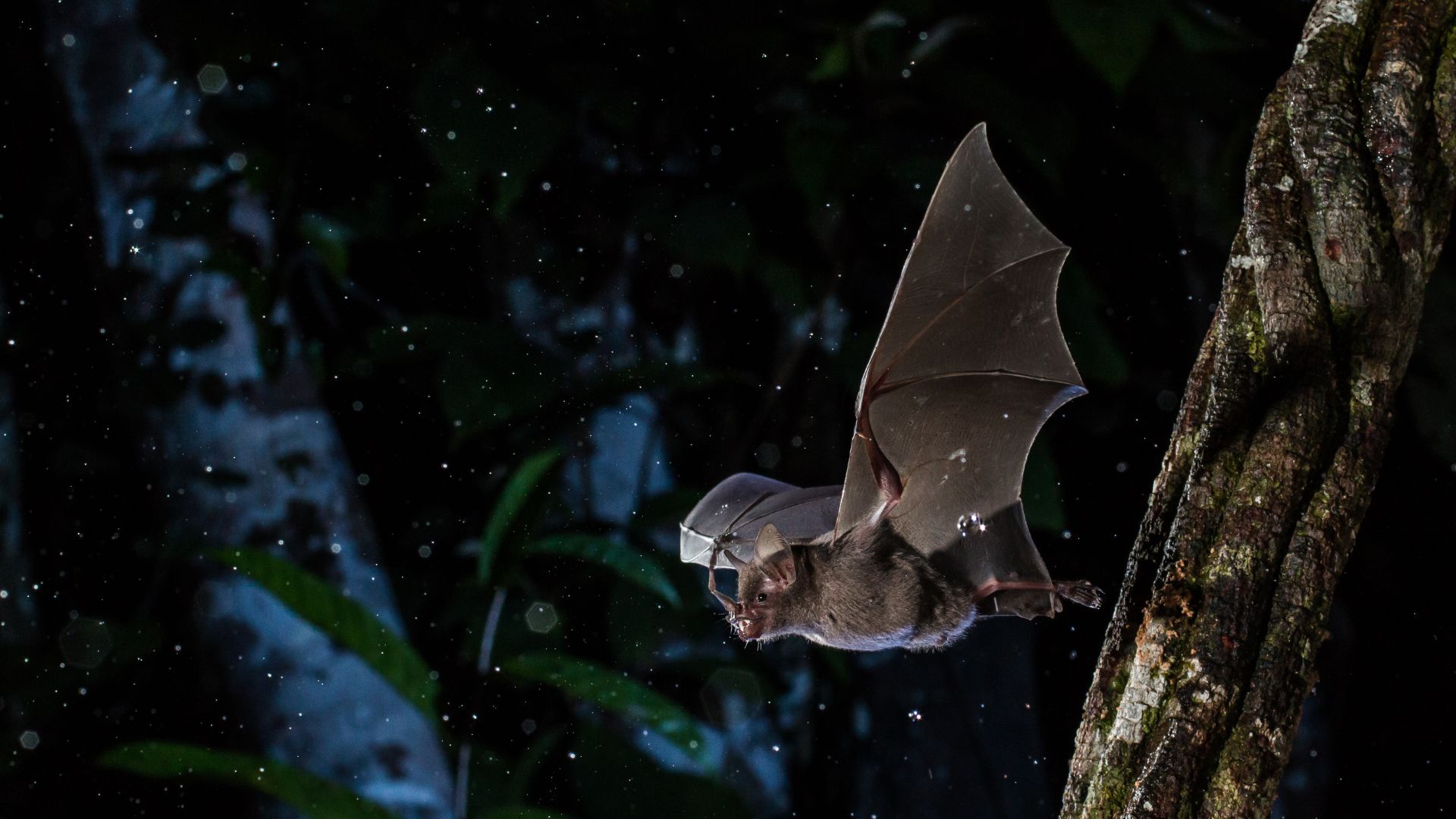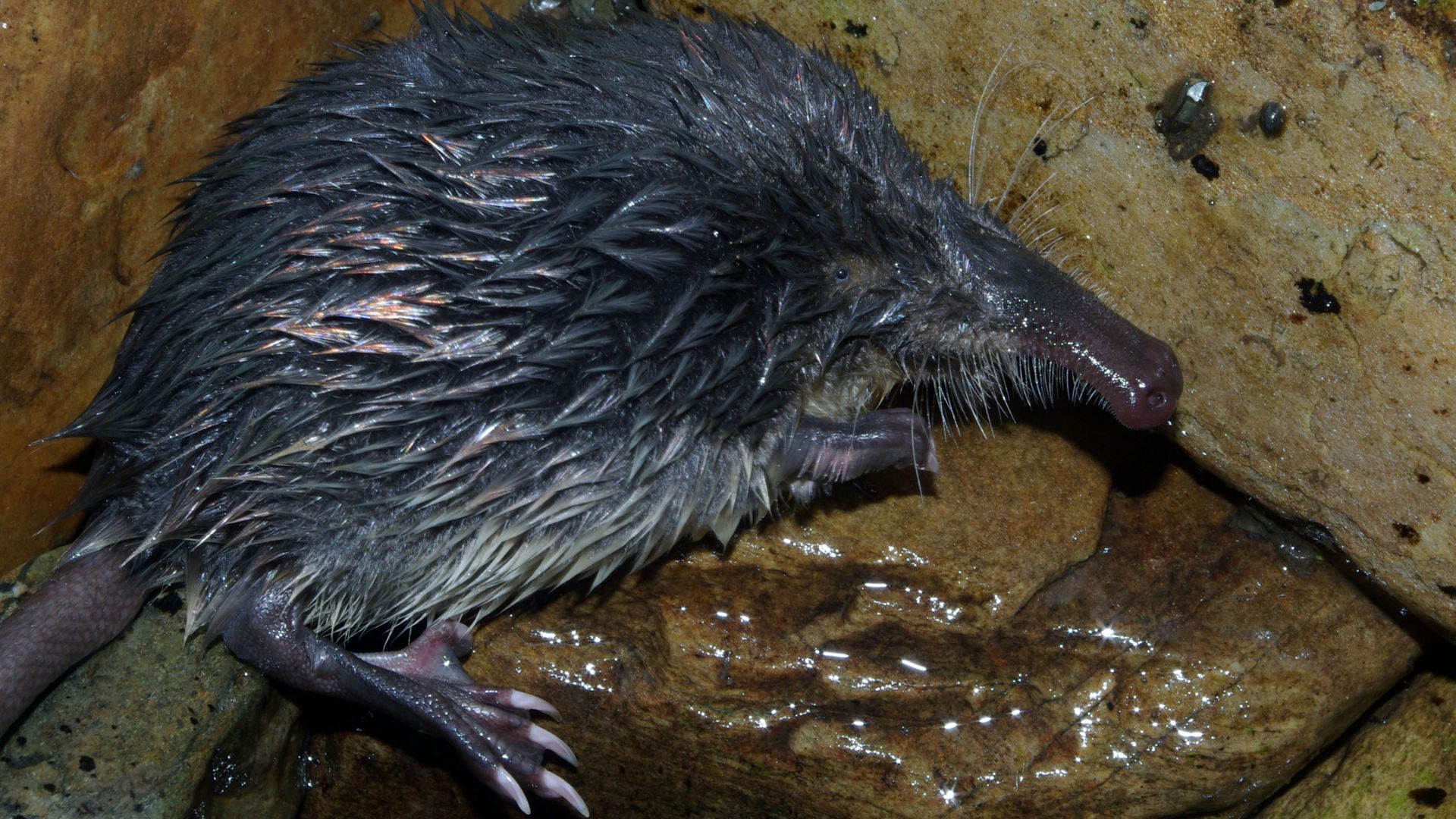Landscape change, fragmentation, and connectivity

© Adrià López-Baucells
Land-use change is the main driver of biodiversity loss worldwide, producing changes in habitat suitability for most species and restructuring communities at faster rates than climate change. In the Mediterranean basin, land-use changes results from the abandonment of agricultural and grazing land caused by the acceleration of rural exodus during the second half of the twentieth century. In natural protected areas, land-use changes produced the reduction of open areas by vegetation encroachment and afforestation, hence, decresing suitability for open-land species and increasing for forest-dwelling species. Changes in suitability will be mediated by several abiotic (climate) and biotic (food, competitors, predators) factors affected by landscape changes. Regarding vegetation composition and structure (within a plot and around it), all these changes will affect the meta-population dynamics (i.e., colonization and extinction rates), thus producing impacts on population trends, occupancy, and species ranges. Unfortunately, reversing landscape change falls far beyond the capacity of the managers, even considering the increasing impact of wildfires in the present context of climate change.
Small mammals, showing short lives, fast generation times, and limited dispersal, are ideal subjects to study the effects of landscape change on population trends and dynamics, with fast responses expected on relatively short temporal frames as compared to long-lived species. Small mammals rely on vegetation structure profiles (rather than on vegetation composition) for food and protection against climate and predators, and landscape changes affecting the complexity of vertical structure of vegetation will produce significant changes in suitability for small mammals. The study of Mediterranean small mammal communties along natural landscape gradients, altogether with the application of new techniques for detailed description of vegetation profiles (i.e., LiDAR), is unveiling the complex interactions of small mammals and their environment.
- Ubach, A., Páramo, F., Gutiérrez, C., & Stefanescu, C. (2020). Vegetation encroachment drives changes in the composition of butterfly assemblages and species loss in Mediterranean ecosystems. Insect Conservation and Diversity, 13(2), 151-161.
- Ferrandiz-Rovira, Mariona, Lídia Freixas, Ignasi Torre, Sílvia Míguez, and Antoni Arrizabalaga. (2016). “Male-Biased Litter Sex Ratio in the Southernmost Iberian Population of Edible Dormouse: A Strategy against Isolation?” Pp. 415–25 in Animal Biology. Vol. 66.
- Herrando, S., Brotons, L., Anton, M., Paramo, F., Villero, D., Titeux, N., ... & Stefanescu, C. (2016). Assessing impacts of land abandonment on Mediterranean biodiversity using indicators based on bird and butterfly monitoring data. Environmental conservation, 43(1), 69-78.
- Fernández‐Chacón, A., Stefanescu, C., Genovart, M., Nichols, J. D., Hines, J. E., Paramo, F., ... & Oro, D. (2014). Determinants of extinction‐colonization dynamics in M editerranean butterflies: the role of landscape, climate and local habitat features. Journal of Animal Ecology, 83(1), 276-285.
- Krauss, J., Bommarco, R., Guardiola, M., Heikkinen, R. K., Helm, A., Kuussaari, M., ... & Steffan‐Dewenter, I. (2010). Habitat fragmentation causes immediate and time‐delayed biodiversity loss at different trophic levels. Ecology letters, 13(5), 597-605.
- Kuussaari, M., Bommarco, R., Heikkinen, R. K., Helm, A., Krauss, J., Lindborg, R., ... & Steffan-Dewenter, I. (2009). Extinction debt: a challenge for biodiversity conservation. Trends in ecology & evolution, 24(10), 564-571.
- Stefanescu, C., Penuelas, J., & Filella, I. (2009). Rapid changes in butterfly communities following the abandonment of grasslands: a case study. Insect Conservation and Diversity, 2(4), 261-269.
- Torre, I., & Díaz, M. (2022). Assessing the Effects of Landscape Change on the Occupancy Dynamics of the Greater White-Toothed Shrew Crocidura russula. Life, 12(8), 1230.
- Torre, I., Jaime-González, C., & Díaz, M. (2022). Habitat Suitability for Small Mammals in Mediterranean Landscapes: How and Why Shrubs Matter. Sustainability, 14(3), 1562.
- Torre, I., Gracia-Quintas, L., Arrizabalaga, A., Baucells, J., & Díaz, M. (2015). Are recent changes in the terrestrial small mammal communities related to land use change? A test using pellet analyses. Ecological Research, 30(5), 813-819.
- López-Baucells, A., Flaquer, C., Mas, M., Pons, P., & Puig-Montserrat, X. (2021). Recurring fires in Mediterranean habitats and their impact on bats. Biodiversity and Conservation, 30(2), 385-402.
- López-Baucells, A., Casanova, L., Puig-Montserrat, X., Espinal, A., Páramo, F., & Flaquer, C. (2017). Evaluating the use of Myotis daubentonii as an ecological indicator in Mediterranean riparian habitats. Ecological Indicators, 74, 19-27.
References


